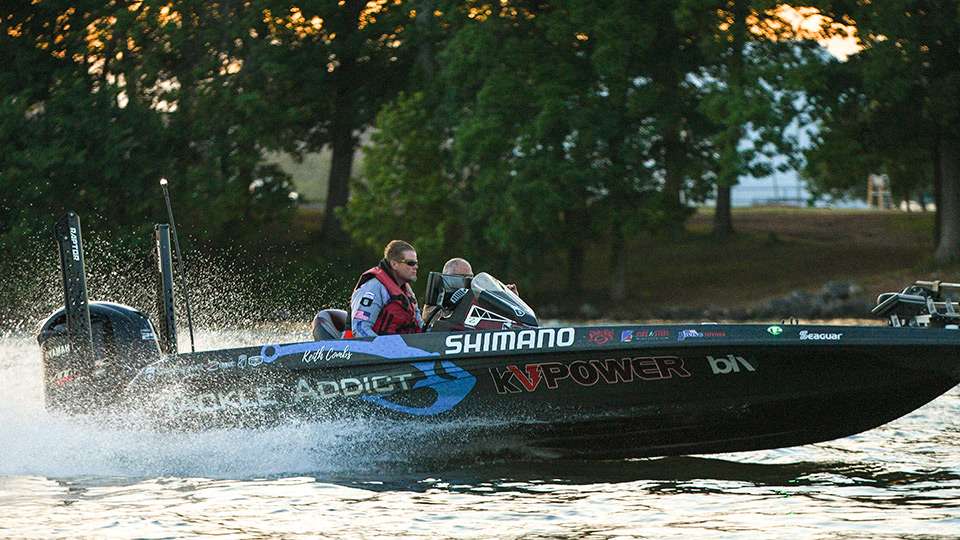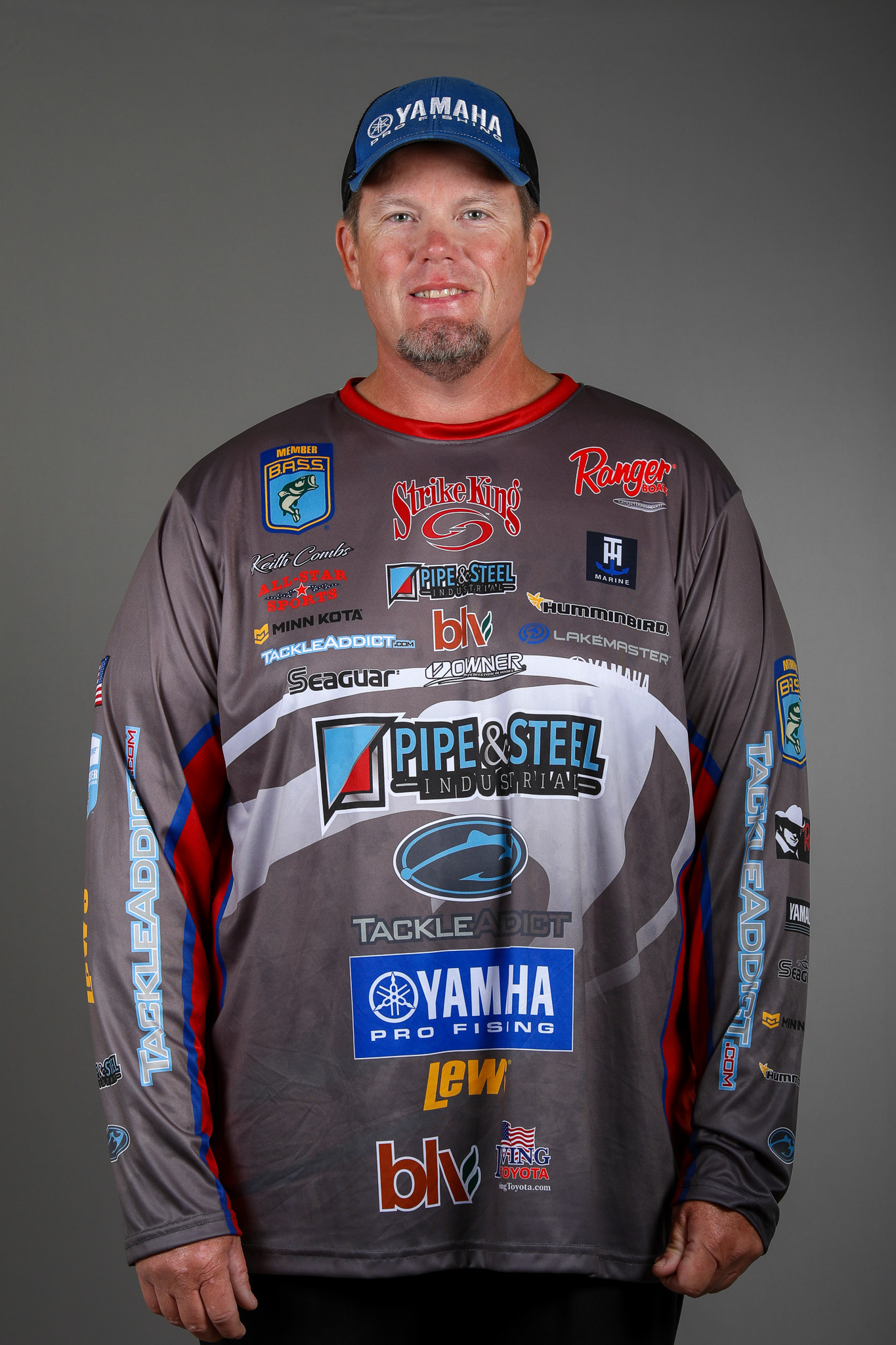
Yes, I’ll be at Lake Ray Roberts this week, but unfortunately I’ll be working the Academy Sports + Outdoors Bassmaster Classic presented by Huk Expo, so please don’t hold it against me if I look a little bit unhappy. It was bad enough to miss qualifying by one point, but to miss one in Texas just compounds the pain. When they moved it to June, one of my favorite times of year to fish, it hurt even more.
I’ve spent a lot of time thinking about how I would have fished this one. I haven’t fished Ray Roberts a lot – most of my experience came while practicing for and competing in the Toyota Texas Bass Classic that Matt Herren won – but I know a few things about it that would guide my efforts.
The first is that it has a good population of extremely big fish. A competitor may not sack up five of them, and I don’t think there will be giant schools of 8- and 9-pounders, but there will be little groups of them. Whoever gets on the right spot at the right time has the ability to build a big bag in a hurry.
My expectation is that the winner will have a giant limit one day and then very solid catches, maybe 16 or 17 pounds, each of the other two days. Their big weight could come on any of the three days, so it’s not unreasonable to think that someone could jump out to a big lead on Day 1 and then just hold on, or alternatively come from behind on Day 3 with a massive effort.
The next thing to consider is all of the rain we’ve had lately. That will change up how the tournament plays out. Without that rain, I would’ve said to focus on offshore cover like house foundations, pond dams, roadbeds and rock piles. That stuff will still be in play, but it won’t be as dominant because of all of the newly-flooded shoreline cover. There will be lots of green willows in the water and flooded bank grass, and the water should have a little more color in it than usual.
Another factor is the amount of timber still standing in Ray Roberts. It’s not a very old lake, so unlike Rayburn or Toledo Bend there are still a lot of Pin Oak trees and fully intact cedar bushes. If you can find some key ones sitting on a key structural element, they’re likely to produce.
So which would I choose? If we hadn’t had so much rain, I would have been all-in on the offshore bite with a crankbait, a jig and a big worm. I’m not talking super-deep, but still out. I would have probably tried to shy away from exclusively fishing shoreline cover. I know that’s how Herren won in a May tournament, and you can still catch plenty of fish with a frog or flipping, but the best stuff would have been pounded.
My strategy would be to keep it all honest during practice and try to find a mix of options. I don’t think the winner will have just one thing going on. The key stretches of shallow cover will be cannibalized pretty quickly. I don’t think you’ll be able to protect anything on the bank for multiple days. To run that pattern, you’ll have to blast it for all it’s worth and then look for something similar – or else switch up to something different.
Doubling back in places where they caught fish the day before is going to be the death of a lot of guys. Those standing trees are the wildcard. If someone can figure out that bite and add it to something on the bank or something offshore – or both – they’ll have a leg up on the competition.
The other factor to consider is that getting around Ray Roberts is not easy. It doesn’t have boat lanes like Toledo Bend, so much of the time you just have a general idea of where it’s safe – you get up and go where you think you can run. The higher water should help, but time management will still be a factor. Anyone who loses precious hours replacing a lower unit will be behind the eight ball.
I’ll be at the Expo all three days working for my sponsors. Please stop by and say hello, but if I seem distracted it’ll be because I’m wishing I was out there chasing the trophy.

